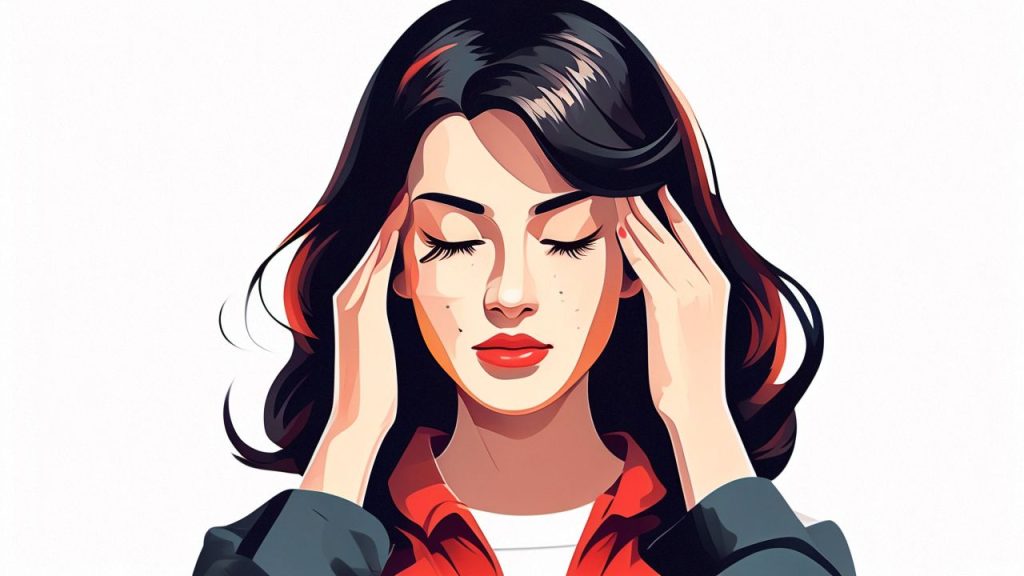Occurrence of stroke:
Irregular diet refers to a lack of dietary restraint, excessive consumption of greasy foods, salty foods, or a preference for sweet foods, as well as irregular eating habits, all of which are detrimental to physical health. Excessive consumption of greasy foods, especially too much animal fat, can burden the digestive system. Modern medicine unanimously believes that excessive intake of animal fat is an important cause of pre-stroke lesions such as atherosclerosis, hypertension, high cholesterol, and hyperlipidemia.
Excessive consumption of salty foods is one of the causes of hypertension, while excessive consumption of sweet foods, especially in the elderly who consume large amounts of sweet foods over a long period, can lead to diabetes, which is one of the factors contributing to stroke.

Overwork, lack of rest, and disturbed lifestyle and sleep patterns all have a direct or indirect impact on the occurrence of stroke. We once treated a 39-year-old patient with cerebral thrombosis who had long held a leadership position in the government. The patient was always busy with work and personally attended to everything, having only 3 to 4 hours of rest time each day, and often engaged in socializing, consuming excessive amounts of alcohol and cigarettes, resulting in severely disturbed lifestyle and sleep patterns.
One day, while directing work, the patient suddenly experienced dizziness, loss of consciousness, and fell to the ground in a coma. Upon awakening, he found himself paralyzed on one side, with numbness in the affected limb, a crooked mouth, slurred speech, and drooling from the corner of his mouth, suffering a severe stroke. After a CT scan, it was diagnosed as a large area of thrombosis in the left basal ganglia. Despite receiving aggressive treatment, the patient has completely recovered and has resumed work. However, the lesson of his stroke due to overwork and disturbed lifestyle is a warning that deserves deep reflection.
How can the dietary rehabilitation method be applied to stroke patients?
After the recovery period of a stroke patient, the rehabilitation process is slow, and patients with hemiplegia and numbness should choose foods such as turtle blood stewed with rock sugar, snake meat, donkey meat, and quail eggs to promote their recovery. For patients with liver and kidney discomfort and intellectual impairment, higher protein foods such as black chicken, sea cucumber, turtle meat, and pigeon eggs should be chosen.
For patients with excessive phlegm in the body, muscle weakness, and facial paralysis, foods such as bamboo juice congee, white Poria cocos congee, and kelp can help with digestion.
Stroke patients should eat less fatty and spicy foods during their rehabilitation stage, quit smoking, and avoid drinking strong liquor.
What is the rehabilitation effect of mud baths and wine baths on hemiplegia caused by stroke?
Mud baths involve applying warm mineral mud with a temperature of 40-60 degrees Celsius to the affected limb, and washing it off when the mud temperature drops to about 20 degrees Celsius. This should be done once a day. The chemical stimulation, pressure, and heat of the mineral mud can promote blood circulation and are beneficial to the recovery of limb function.
Wine baths involve adding a small amount of yellow wine to the bathtub water and taking a warm bath, which can promote blood circulation and strengthen muscles and bones. They can play an adjuvant therapeutic role in the recovery of hemiplegic limbs caused by stroke.

